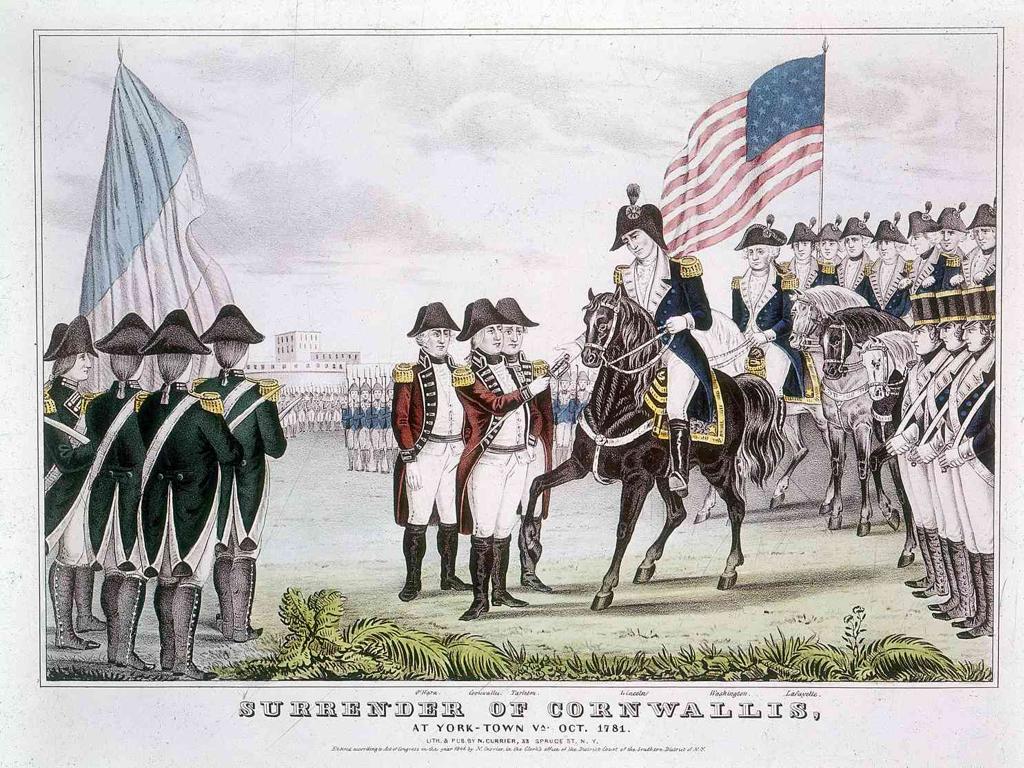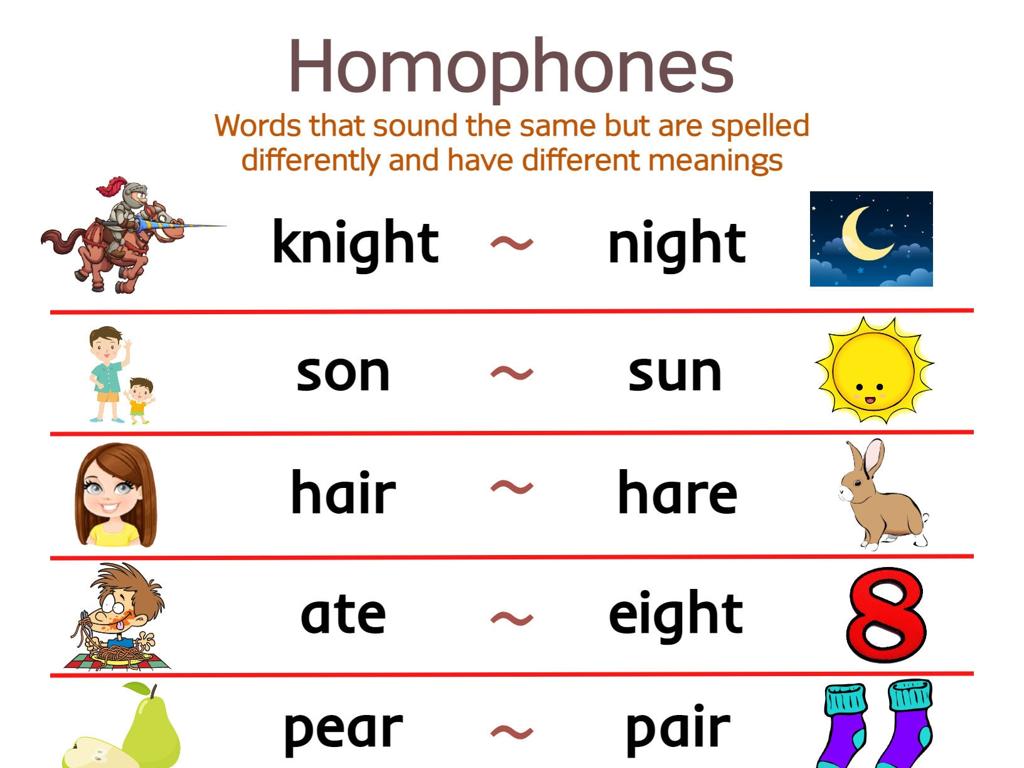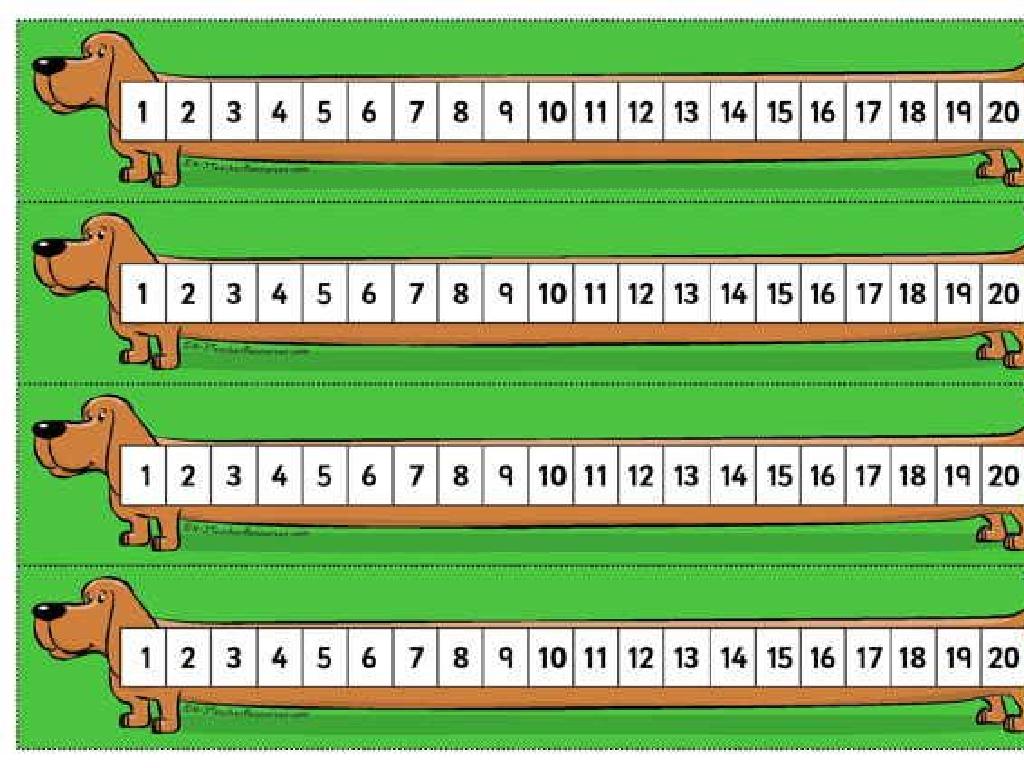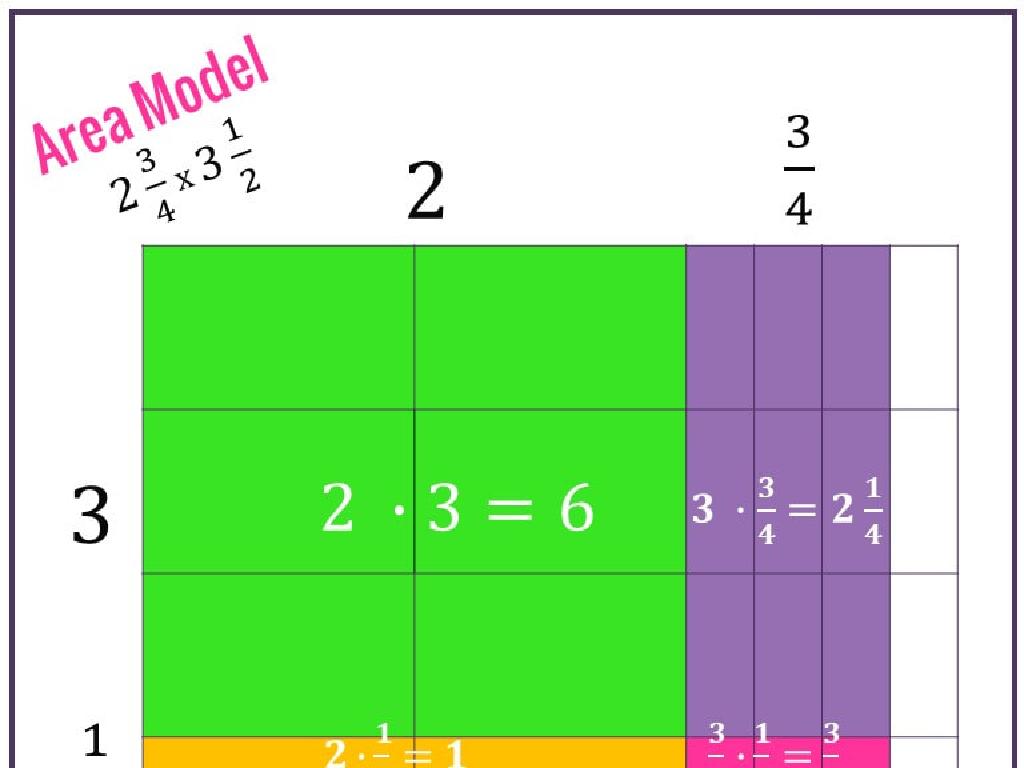Does The Adverb Tell You How, When, Or Where?
Subject: Language arts
Grade: Third grade
Topic: Adjectives And Adverbs
Please LOG IN to download the presentation. Access is available to registered users only.
View More Content
Exploring Adjectives and Adverbs
– Welcome to today’s language adventure!
– Discovering adjectives and adverbs
– Adjectives describe nouns, adverbs describe verbs
– Why are they important in sentences?
– They make sentences more interesting and detailed
– Adverbs tell us how, when, or where
– Examples: ‘quietly’ tells how, ‘yesterday’ tells when, ‘outside’ tells where
|
Begin the class with a warm welcome and introduce the topic of adjectives and adverbs, ensuring to create an engaging and curious environment for the students. Explain that adjectives are words that describe nouns, giving us more information about things, while adverbs describe verbs, telling us more about actions. Emphasize how these parts of speech add detail and depth to sentences, making our writing more vivid and precise. Use clear and simple examples to illustrate how adverbs can tell us how something is done, when it is done, or where it is done. Encourage students to think of their own examples and to be ready to identify adjectives and adverbs in sentences during the lesson.
Exploring Adjectives
– What are adjectives?
– Words that describe or tell more about nouns
– Adjectives describe nouns
– They can tell the color, size, shape, or number of nouns
– Examples of adjectives
– ‘The fluffy cat’, ‘seven cookies’, ‘a square box’
– Let’s find adjectives together!
– We’ll look at sentences and spot the adjectives
|
Begin the lesson by defining adjectives as words that give us more information about nouns. Explain that adjectives can describe what something looks like, how many there are, or which one it is. Show examples on the slide, such as ‘fluffy’ describing ‘cat’, ‘seven’ indicating the number of ‘cookies’, and ‘square’ describing the shape of a ‘box’. Engage the class with an interactive Q&A session where students identify adjectives in example sentences provided by you. This activity will help reinforce their understanding of adjectives and how they are used in sentences. Encourage participation and provide positive feedback to ensure a supportive learning environment.
Exploring Adverbs: How, When, Where?
– What is an adverb?
– An adverb describes how, when, or where something happens
– Adverbs modify verbs, adjectives, and adverbs
– They can change ‘run’ to ‘run quickly’, ‘very tall’, or ‘speak very softly’
– Examples of adverbs in action
– ‘Quickly’ tells us how, ‘yesterday’ tells us when, ‘outside’ tells us where
– Let’s find adverbs together!
|
This slide introduces the concept of adverbs to third-grade students. Begin by defining adverbs as words that describe verbs, adjectives, and other adverbs, often ending in ‘-ly’. Provide clear examples showing how adverbs can modify different parts of speech, such as ‘run quickly’, ‘very tall’, or ‘speak very softly’. Engage the class with an interactive Q&A session where students identify adverbs in sentences you provide. This activity will help solidify their understanding of how adverbs work and how they can be used to add detail to their writing. Encourage participation and praise correct answers to build confidence.
Adverbs Tell Us How
– Adverbs describe actions
– They tell us how something is done
– Examples: ‘beautifully’, ‘quickly’
– ‘She sings beautifully’ shows how she sings, ‘He runs quickly’ shows how he runs
– Create sentences with ‘how’ adverbs
– Think of an action and describe how it’s done using an adverb
– Share your sentences in class
|
This slide introduces the concept of adverbs and their function to describe how an action is performed. Start by explaining that adverbs are words that modify verbs, adjectives, and other adverbs. Use examples like ‘beautifully’ and ‘quickly’ to illustrate how adverbs can change the meaning of a verb. For the class activity, instruct students to create their own sentences using adverbs that tell how an action is done. Encourage creativity and provide assistance in forming correct sentences. After creating sentences, students will have the opportunity to share their sentences with the class, fostering a collaborative learning environment. This activity will help solidify their understanding of adverbs and their usage.
Adverbs Tell Us When
– Adverbs describe when actions happen
– Examples: ‘soon’, ‘yesterday’
– ‘She will visit soon’ means visit is in near future, ‘He left yesterday’ indicates the action happened in the past
– Create sentences with ‘when’ adverbs
– Use adverbs like ‘today’, ‘tomorrow’, ‘later’ to tell when
– Share sentences with the class
|
This slide introduces the concept of adverbs that describe when an action takes place. Start by explaining that adverbs can modify verbs and give us more information about the timing of the action. Use simple examples like ‘soon’ and ‘yesterday’ to illustrate how adverbs can indicate whether something is happening now, in the future, or in the past. For the class activity, have students think of actions and then create sentences using adverbs that tell when these actions happen. Encourage creativity and sharing among students to foster a collaborative learning environment. Possible activities: 1) Students write sentences on the board, 2) Pair students to guess the adverb’s meaning, 3) Create a story with adverbs, 4) Act out sentences to guess the adverb.
Adverbs Tell Us Where
– Adverbs describe where actions happen
– Examples: ‘everywhere’, ‘here’
– ‘She looked everywhere’ means she searched all places
– Create your own ‘where’ adverbs sentences
– Think of where an action is done in your sentence
– Share sentences with the class
– Practice using adverbs and improve storytelling
|
This slide is focused on teaching students how adverbs can be used to describe the location of an action. Start by explaining that adverbs are words that modify verbs and can tell us where something happens. Use simple examples like ‘She looked everywhere’ to illustrate that ‘everywhere’ tells us the extent of her search, and ‘Come here’ indicates the place to come to. For the class activity, encourage students to think of actions and decide on a place where the action could happen. They should then create sentences using adverbs that tell where the action is taking place. This activity will help them understand the concept of adverbs of place and how they add detail to a story or sentence. Collect and discuss some of the sentences to ensure comprehension and provide feedback.
Let’s Practice Adverbs!
– Interactive adverb identification
– We’ll identify adverbs in sentences together.
– Pair up for a group activity
– Find adverbs in paragraphs
– With your partner, spot the adverbs in the text.
– Class discussion on adverbs
– What do these adverbs tell us: how, when, or where?
|
This slide is for an interactive class activity focused on adverbs. Begin by explaining that adverbs are words that describe verbs, adjectives, or other adverbs, often ending in ‘-ly’. They can tell us how, when, or where something happens. Organize the class into pairs and provide them with paragraphs containing adverbs. Each pair will work together to find and highlight the adverbs. After the activity, regroup and discuss the findings. Ask students to share the adverbs they found and discuss as a class what each adverb is telling us. This activity will help reinforce the concept of adverbs and their functions in sentences. Provide guidance and support as needed during the activity.
Class Activity: Adverb Charades
– Learn the rules of Adverb Charades
– Act out adverbs for classmates to guess
– Use body language to express ‘how’, ‘when’, or ‘where’
– Discuss the adverbs used in the game
– Understand how adverbs describe actions
– Examples: ‘quickly’ for how, ‘yesterday’ for when, ‘here’ for where
|
Adverb Charades is a fun and interactive way to help students understand adverbs. Start by explaining the rules: one student acts out an adverb without speaking, and the others guess the adverb. After each round, discuss the adverb that was acted out and whether it tells us how, when, or where something happens. This reinforces their understanding of adverbs in a memorable way. For the teacher: prepare a list of adverbs for students to act out, ensure each student gets a turn, and facilitate the discussion post-activity to solidify learning outcomes.
Wrapping Up: Adverbs in Action!
– Review: Adverbs describe how, when, where
– Homework: Craft 10 adverb sentences
– Use adverbs to tell us more about the action of the verb in your sentences.
– Show gratitude for participation
– Keep practicing adverbs!
– The more you practice, the better you’ll get!
|
As we conclude today’s lesson on adverbs, remind the students of the key points: adverbs can tell us how something is done, when it happens, or where it takes place. For homework, they should write 10 sentences, each including an adverb that answers one of these questions about the verb. This exercise will help reinforce their understanding of adverbs. Thank the students for their attention and efforts during the lesson and encourage them to keep practicing using adverbs in their daily writing to become more confident in their language arts skills.






